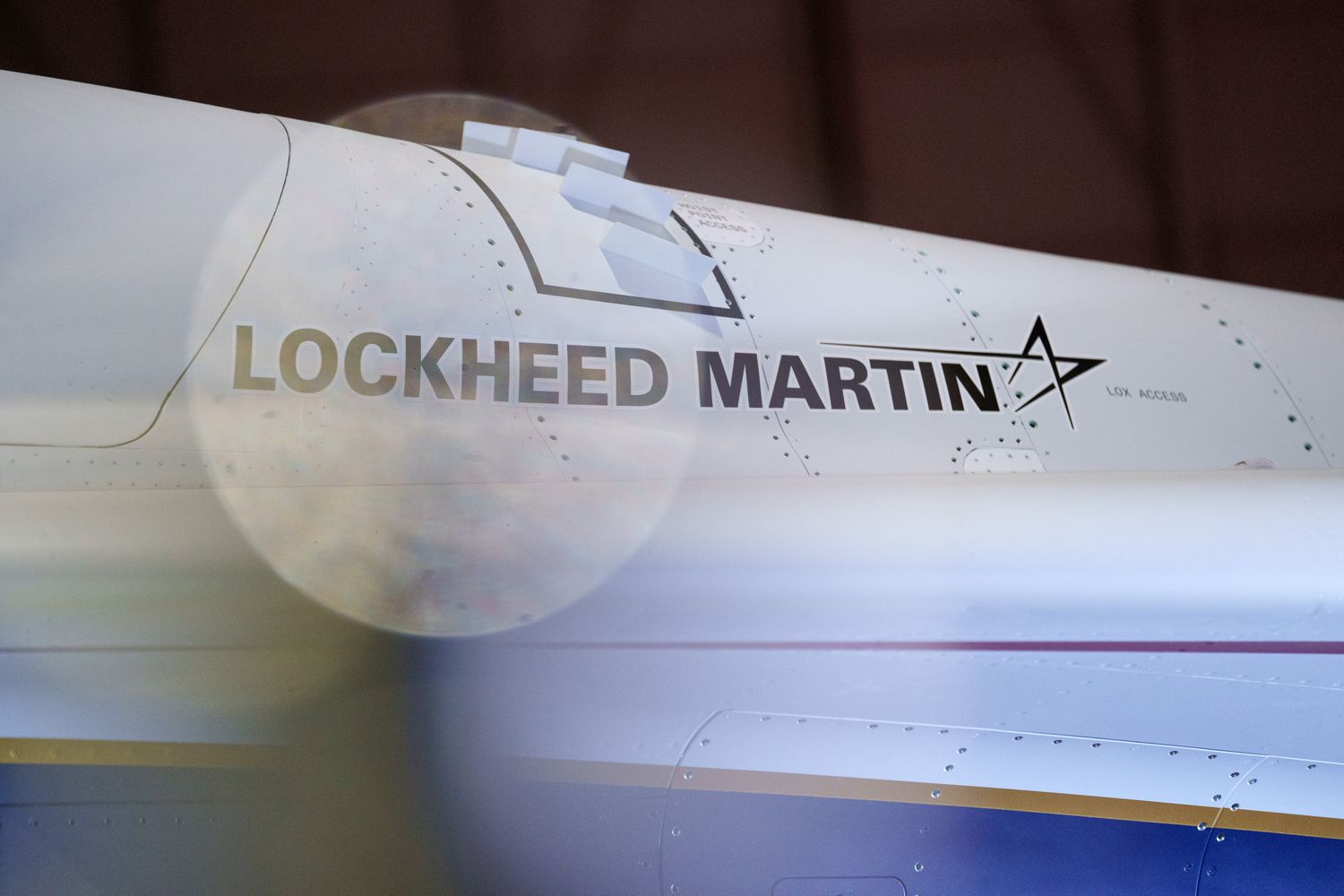The defense sector is currently navigating a complex landscape of mixed financial results and looming trade tensions. In the first quarter of 2025, several major players including RTX, Lockheed Martin, and Northrop Grumman, reported earnings that painted a varied picture of their performance. Adding to the uncertainty are the potential tariffs under a new Trump administration, which could significantly impact these companies’ bottom lines.
This article will delve into the recent financial reports of these defense giants, examining the factors that contributed to their successes and setbacks. We’ll also analyze the potential effects of tariffs on their operations and overall profitability, providing investors and industry observers with a comprehensive overview of the challenges and opportunities facing these critical players in the defense industry. Understanding these dynamics is crucial for anyone following the defense sector, as these companies play a vital role in both national security and the global economy.
RTX (Raytheon Technologies) Faces Tariff Headwinds
RTX (Raytheon Technologies) shares experienced a significant slump following their first-quarter earnings report. The company issued a warning regarding the potential impact of new tariffs from the Trump administration. RTX indicated that if these tariffs persist throughout the year, they could negatively affect operating profit by more than $750 million. The projected losses break down as follows: $250 million due to tariffs on goods from Canada and Mexico, another $250 million from tariffs on Chinese goods, an additional $300 million decline caused by global reciprocal tariffs, and $50 million stemming from tariffs on steel and aluminum.
These potential financial setbacks highlight the vulnerability of defense contractors to international trade policies, emphasizing the interconnectedness of global economics and the defense industry. Investors are closely watching how RTX plans to navigate these challenges to mitigate the financial impact. Monitoring RTX stock will be essential.
Northrop Grumman’s B-21 Bomber Costs Weigh Heavily
Northrop Grumman also faced challenges, with its stock price plummeting significantly after its first-quarter report. The company’s profits decreased by 47% year-over-year, with earnings per share (EPS) of $3.32, falling nearly 50% below analysts’ estimates compiled by Visible Alpha. Sales also declined by 7% to $9.47 billion, missing forecasts.
The disappointing results were primarily attributed to a pre-tax loss of $477 million (or $397 million after-tax, equating to $2.74 per diluted share) related to five low-rate initial production (LRIP) options for the B-21 program. The company explained that the loss resulted from a process change implemented to accelerate production, along with increases in the projected cost and quantity of general procurement materials. These factors underscore the financial risks associated with large-scale defense projects.
Lockheed Martin’s F-35 Demand Drives Earnings Beat
In contrast to RTX and Northrop Grumman, Lockheed Martin reported positive results, with EPS reaching $7.28 on revenue that increased by 4.5% to $17.96 billion, surpassing analysts’ expectations. The Aeronautics division, responsible for the F-35 fighter jet, reported a 3% sales increase to $7.06 billion. The strong performance reflects continued demand for the F-35 and related services.
Despite exceeding forecasts, Lockheed Martin’s shares also experienced a decline, suggesting broader market concerns about the defense sector. Investors may be wary of potential headwinds, such as the aforementioned tariffs or changes in government spending priorities.
Analyzing the Potential Impact of Tariffs
The looming tariffs from the Trump administration present a significant threat to the profitability of defense contractors. As highlighted by RTX’s projections, tariffs on key trading partners like Canada, Mexico, and China could lead to substantial financial losses. Reciprocal tariffs imposed by other nations could further exacerbate the negative impact. The tariffs on steel and aluminum are also expected to add to the financial strain.
These tariffs could increase the cost of raw materials and components used in defense manufacturing, potentially reducing profit margins. They may also disrupt supply chains, leading to delays and inefficiencies. The overall effect could be a decrease in competitiveness for U.S. defense contractors in the global market.
Company Outlooks and Investor Considerations
Both Lockheed Martin and RTX have affirmed their full-year outlooks, although RTX’s guidance does not yet account for the more recent tariffs. This suggests that these companies anticipate continued growth and profitability, despite the challenges they face. However, investors should exercise caution, as the actual impact of the tariffs remains uncertain.
When evaluating defense stocks, it is crucial to consider factors beyond immediate financial results. Investors should assess the company’s long-term growth prospects, its ability to adapt to changing market conditions, and its exposure to geopolitical risks. They should also pay close attention to government defense spending policies, as these can significantly impact the demand for defense products and services.
Conclusion: Navigating Uncertainty in the Defense Sector
The defense sector is currently grappling with a mix of financial outcomes and looming challenges. While Lockheed Martin reported strong earnings driven by demand for its F-35 fighter, RTX and Northrop Grumman faced setbacks due to potential tariffs and B-21 bomber costs, respectively. The potential tariffs from the Trump administration pose a significant threat to the profitability of defense contractors, potentially increasing costs and disrupting supply chains.
Investors should carefully weigh the risks and opportunities associated with defense stocks, considering factors such as long-term growth prospects, adaptability, geopolitical risks, and government spending policies. By staying informed and conducting thorough research, investors can make informed decisions and navigate the uncertainties of the defense sector. Keeping an eye on rtx stock will be important in the coming months as trade policy becomes more clear.

Leave a Reply